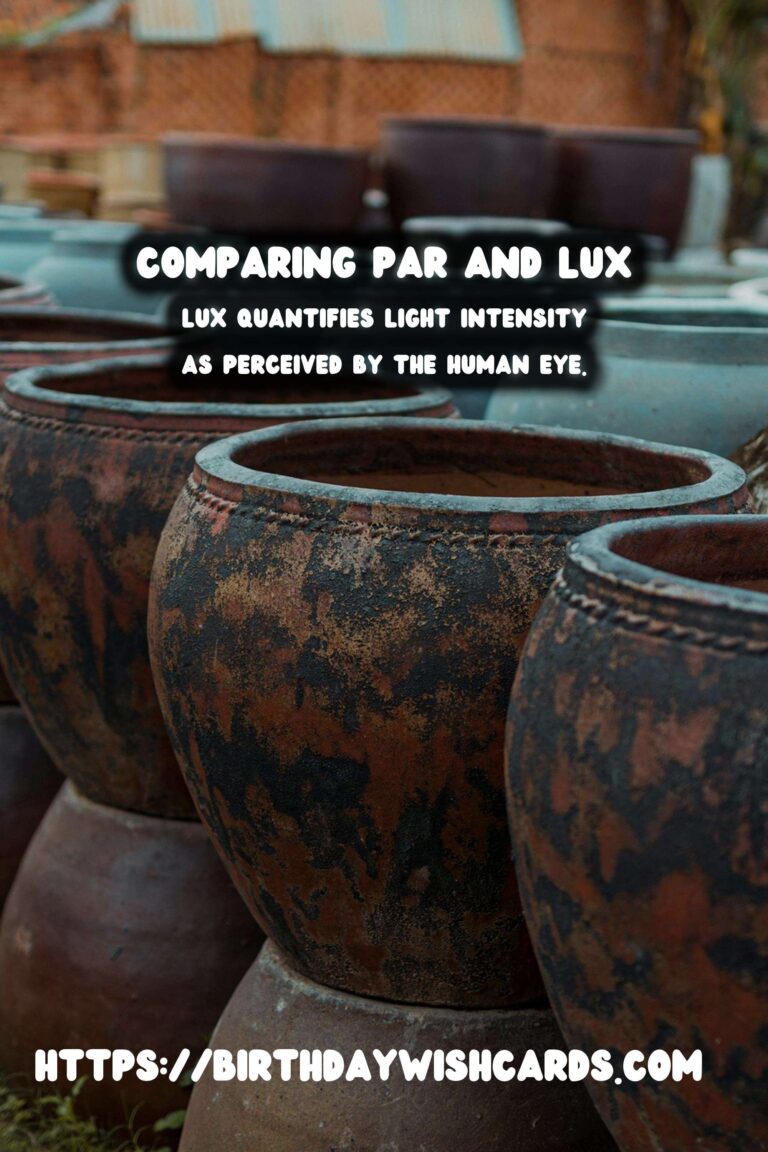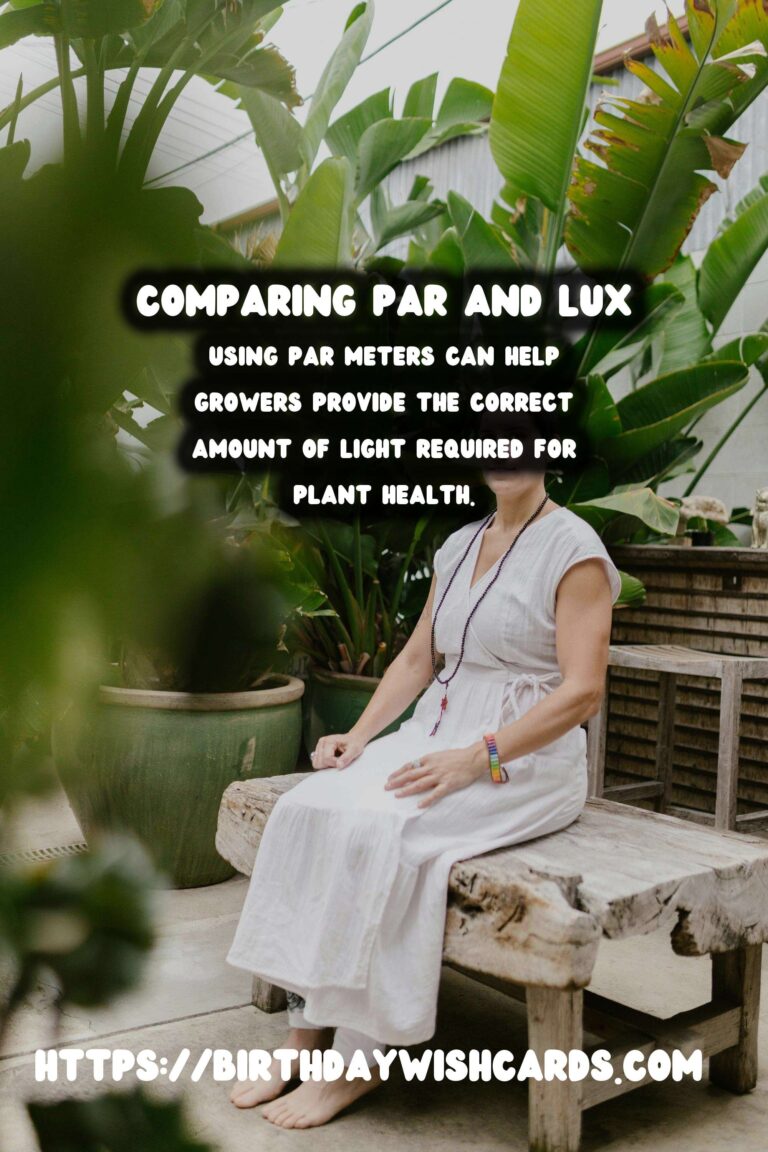
When it comes to optimizing the growth conditions for plants, understanding light measurement is crucial. Two common methods of measuring light for plant growth are Photosynthetically Active Radiation (PAR) and Lux. Both have their unique applications and understanding their differences can significantly impact plant health and productivity.
What is PAR?
Photosynthetically Active Radiation (PAR) refers to the spectrum of light that is usable by plants for photosynthesis. This spectrum extends from 400 to 700 nanometers and includes the range of light wavelengths that plants use to convert light energy into chemical energy. PAR is measured in micromoles per square meter per second (µmol/m²/s), providing an indication of how much light is available for photosynthesis at any given moment.
What is Lux?
Lux is a unit of measurement that quantifies the intensity of light as perceived by the human eye. Unlike PAR, which measures light based on plant usability, Lux measures the brightness of light in terms of its effect on human vision. One Lux is equal to one lumen per square meter. While Lux is useful for understanding lighting in environments designed for human occupancy, it is not tailored to plant needs and may not accurately reflect the quality of light for plant growth.
Comparing PAR and Lux
While both PAR and Lux measure light intensity, they serve different purposes in horticulture and agriculture. PAR is more accurate for determining the quality of light for plant growth, as it focuses on the specific wavelengths that plants can utilize. Lux, on the other hand, can be misleading in a plant context, as it emphasizes the light spectrum visible to humans, which does not necessarily correlate with plant photosynthesis.
Importance of Measuring Light Correctly for Plants
Accurate light measurement is essential for optimizing plant growth and ensuring high yields. Using PAR meters can help growers provide the correct amount of light required for photosynthesis, enhancing plant health and productivity. Overreliance on Lux measurements might lead to inadequate lighting conditions for plants, as it does not account for the specific needs of plant photosynthesis.
How to Use PAR and Lux Meters
To effectively use PAR meters, position the sensor at the canopy level of the plants to measure the light intensity reaching them. For Lux meters, similar positioning can be used if assessing general light conditions, but remember that this measure may not reflect the light quality needed for photosynthesis. Understanding the limitations and applications of each can guide better decision-making in plant lighting.
Conclusion
In conclusion, while both PAR and Lux measurements have their uses in different contexts, for plant growth, PAR is the preferred method. It offers a more accurate representation of the light quality essential for photosynthesis, whereas Lux may only provide a general idea of light intensity for human perception. By focusing on PAR, growers can ensure they are meeting the specific light needs of their plants, ultimately leading to healthier growth and better yields.
Understanding light measurement is crucial for optimizing plant growth conditions. PAR measures the spectrum of light usable by plants for photosynthesis. Lux quantifies light intensity as perceived by the human eye. PAR offers a more accurate representation of light quality for photosynthesis than Lux. Using PAR meters can help growers provide the correct amount of light required for plant health.
#PlantGrowth #PAR #Lux #LightMeasurement #Photosynthesis

